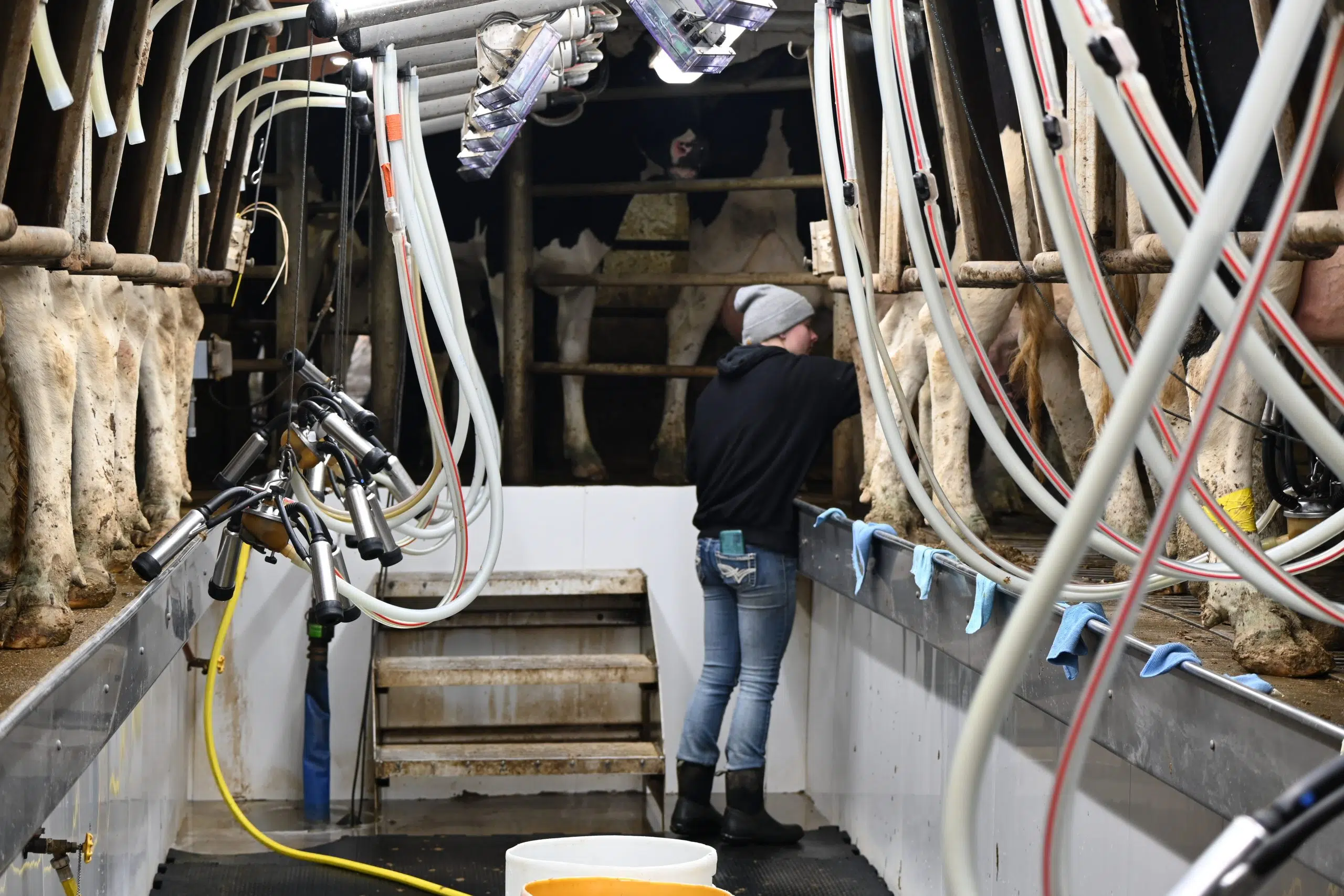The proposal from the Dairy Business Association (DBA), Edge Dairy Farmer Cooperative, Minnesota Milk, and Nebraska State Dairy Association comes after they took a look at options early this year. They said the proposal, which is deemed “Class III Plus,” aims to build off of the pricing system currently in place, proposals by dairy cooperatives, and dairy farmer petitions to figure out a better Class I pricing system. “Our proposal looks to the future. It would make lasting changes to the milk pricing system that will limit negative PPDs (Producer Price Differential) in the future and the possible negative effects from future crises,” DBA President Amy Penterman said.
The Class III Plus proposal would tie the Class I (fluid) skim milk price to the Class III (cheese) skim milk price and get rid of the advanced pricing, a cause of the negative PPDs last year. The proposal is also revenue-neutral, which means it’s more equitable among dairy industry players like farmers, processors, and consumers.
The recent call by cooperatives within the National Milk Producers Federation for an emergency FMMO (Federal Milk Marketing Orders) hearing includes a proposal that improves a few components of the current pricing structure, but mainly focuses on the short term and revenue that farmers did not earn in 2020.
They said Class III Plus allows farmers a way to recover some of the revenue they might have missed out on in 2020, and also creates stability for the future, including protection from negative PPDs and better risk management ability. “Cooperatives in our area have long called for a focus on Class III issues,” Lucas Sjostrom, executive director of Minnesota Milk, said. “While those are unfortunately outside the scope of (NMPF’s) hearing request, keeping Class I milk the highest in most scenarios will keep Class III plants in the pool, and provide more orderly marketing for all FMMOs. This is a win for customers, a win for farmers, and a win for processors.”
Kris Bousquet, executive director of the Nebraska State Dairy Association, said dairy farmers in his state are “extremely concerned” about the status of the Federal Milk Marketing Orders and how the current system impacts their milk price. “The Nebraska State Dairy Association’s priorities while working on this proposal were that we wanted the pricing structure to be fair to all, and to bring back the farmers’ ability to forward contract. Our joint proposal does just that and is the best path forward for the Nebraska dairy industry,” Bousquet said.
The groups also said NMPF’s proposal would likely result in requests for additional FMMO hearings and more changes just two years from now, causing more of a mess and potentially hurting the entire order system. “We want to make sure that if a hearing is granted, the result will be lasting, beneficial changes to the pricing formula,” Edge President Brody Stapel says, “Federal Milk Marketing Orders need to be reformed, but an extremely limited hearing now, which NMPF is seeking, would destabilize the system rather than solve fundamental issues, which is our ultimate goal.”
Here’s some more about Class III Plus:
- Improves risk management and hedging for dairy farmers and processors
- Stops the disassociation of advanced pricing that can cause negative producer price differentials
- Does not increase prices to customers in the long term
- Focuses on being a long-term fix to several existing milk pricing problems, and not just correcting issues of the past 24 months
- Ties Class III (cheese) pricing to Class I (fluid) pricing, which would reduce the need for Class III plants to depool and the negative impact that can have on prices.
- Keeps PPDs positive more often in more marketing orders than the current pricing system
- Utilizes three years of data to annually update Class I skim milk price adjusters to limit any one-year shocks but also takes into account the changing nature of milk processing









